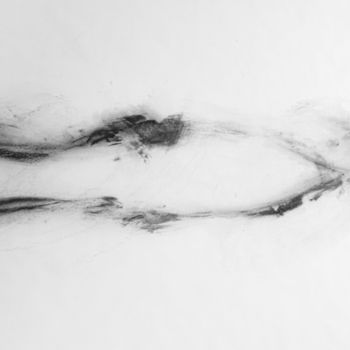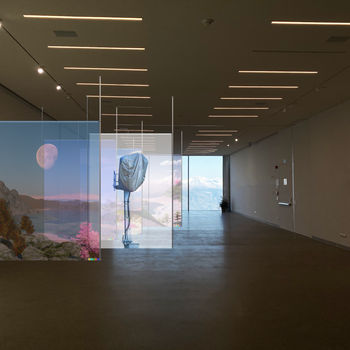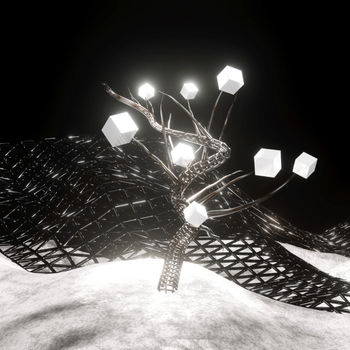Reading Landscapes: Sites, Representation and Histories of Contested Spaces
How do we understand and represent landscape today, almost 50 years after the famous “New Topographics: Photographs of a Man-Altered Landscape” show at the George Eastman House in Rochester, New York?
The Guardian discusses this influential exhibition, in a review from 2010, as a show that rewrote the rules of landscape photography back in 1975. The works on display saw landscape for the first time strongly as man-made, as transformed, and contested spaces, against the tradition of nature photography that Ansel Adams and Edward Weston aspired to, which aimed to envision nature as an eternal, untouched place of contemplation.
Contemporary artists and theorists like T.J. Demos, Donna Haraway, Hagit Keysar, Trevor Paglen, Tiago Torres-Campos, and many others suggest that landscapes and our dealings with them are always political. Discourses on the Anthropocene, the Capitalocene or the Chthulucene question the role of spectatorship in respect to what we thought to be a landscape. Newest image technologies allow us to meticulously reconstruct events at a location and as well to create utopian settings without existing loci while on the other hand there is no real landscape that is not penetrated by humans.
On several field trips Studio Image invited students to question conventional representations of landscape and nature and conceptualize visual counter-narratives.



